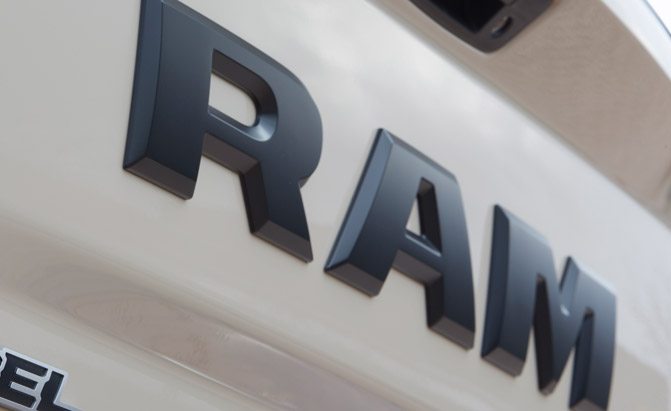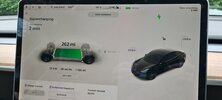I dont know, but someone will probably try. If I were into this sort of thing (I am not) I would look to see if there was precedent for someone suing an ICE manufacturer for an ICE vehicle not being able to achieve EPA rated numbers under any circumstances.
If tesla provided a monroney that says 262 but their EPA filing for the car provided shows the delivered vehicle "can never" reach that, even under EPA testing..... shrug.
This is one of those things where Tesla's ineptitude for details really hurts them, because the monroney for these vehicles should state the EPA estimate for the battery thats in the vehicle (so these should not say 262 if thats not what testing shows).
User
@Blackbart said "Everyone says the sticker says 262...." It doesnt matter what "everyone says" it matters what was on
@Blackbart 's specific monroney sticker. If they didnt get one (because tesla doesnt give them out when they are supposed to), they should get one and see what it says. "everyone says the sticker says" isnt relevant.




